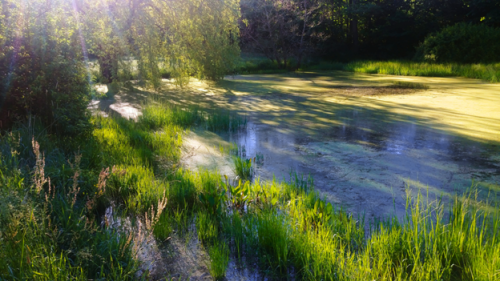
Clifton winter house
This area is called Pesikitk by the Mi’kmaq, who have lived here since shortly after the glaciers moved off the land approximately 15,000 years ago.
Acadian settlers arrived in the late 1600s and called the area Pisiguit. They built dykes and cleared land, establishing farms and orchards.
British rule started in 1710, though the population was still primarily Mi’kmaq and Acadian. Despite the Acadians declaring neutrality and the Mi’kmaq signing the Treaties of Peace and Friendship multiple times, the divides of language, religion, race, and ethnicity led to increasing hostilities and mistrust. British forces deported over 1,000 Acadians from Fort Edward in Windsor during the 1755 Deportation, which saw 10,000 Acadians forcibly removed from Nova Scotia.
New England Planters named the area Windsor, arriving in 1764 to take over the Acadian-built farms and create an English-speaking population loyal to Brittan. A larger group of British subjects, the Loyalists, including Thomas Chandler Haliburton’s grandparents, arrived in 1783 as a mass refugee wave from New England after the American Revolution.
As a working estate, the property was originally about 60 acres, extending to the Avon River. The land was used to grow and mine natural resources to support the estate and its owners. Gypsum, a soft white rock used in plaster, agriculture, and cosmetics, is abundant on the estate and in many areas of Nova Scotia. Clifton’s convenient location near the busy Windsor harbour made it particularly valuable. It was exported commercially to locations as far as the United States, sometimes being smuggled, making it one of the land's richest resources. Throughout the park you will see rolling hills and ponds, a legacy of gypsum mining in the 1800s.

Pipers Pond
Gypsum
359 – 299 million years ago, during the Carboniferous period, this area was covered in a tropical sea rich in sulphur and calcium called the Windsor Sea. As the waters evaporated and the sea disappeared the remains of sea creatures and minerals combined and compressed into gypsum (CaSO4·2H2O - Calcium Sulfur Oxygen Water).
Gypsum was a major industry in the Windsor area for 200 years. The Minas Basin is shown on early maps as Bassin des Mines, a French name referring to the mines and quarries in the area.
In the 1800s gypsum was used as a fertilizer, where it provided calcium, sulphur, and oxygen to plants and helped the soil hold more water. The shelf life of plants grown in gypsum-treated soil could be 2-3 weeks longer after harvesting, a huge benefit before refrigeration. Today gypsum is used primarily in plaster, cement, and wall board or ‘gyproc’.
Gypsum contains 20 percent water at the molecular level making it popular as a fire-resistant building material. The water makes it soft enough to mark with a fingernail and very susceptible to erosion. Groundwater can eat away gypsum, creating sinkholes such as the ones seen in the park.
Clifton willow pond
Photo of Clifton Park in mid-summer. Dappled sunlight shines through the drooping branches of a willow tree nest to a pond. In the foreground bright green marsh grass grows around the edge of the water. Light green algae grows over most of the pond's surface.

Clifton willow pond